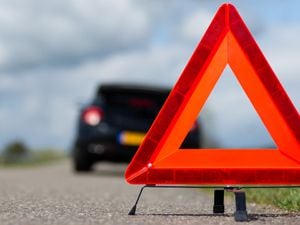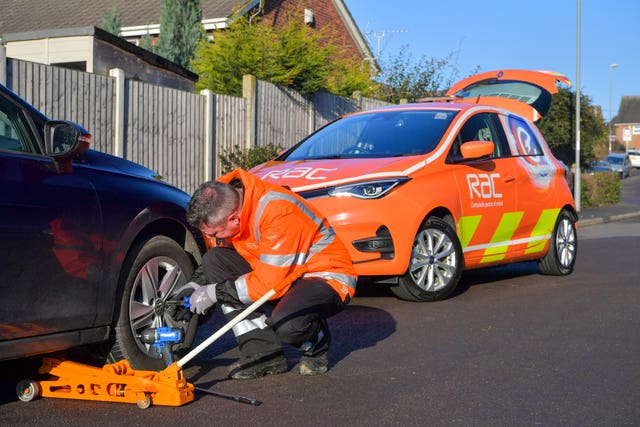What to do if your car breaks down
Heading off on a long trip this bank holiday weekend? Here’s what do in case your car breaks down.

With the Jubilee celebrations right around the corner, millions of motorists are preparing to make long journeys around the country to enjoy the four-day weekend.
However, for some, those trips will turn into a nightmare when the car they are travelling in breaks down on route. The thought is enough to send a shudder down the spine of any driver but what should you do if the worst does happen?
Read our guide below to make sure you are up to speed…

Pull over in the safest possible place
If you are driving on a motorway and feel your car starting to give up on you, it is essential to safely leave the carriageway as quickly as possible. If you are able, you should pull off at the next junction or pull into the nearest service station.
If the fault does not allow time for this, then you should make your way onto the hard shoulder as soon as is safely possible. Park your vehicle as far to the left as you can, giving you a safer distance from oncoming traffic. Then turn your engine off and leave the car parked with its hazard lights on and the wheels turned to the left, to protect against rolling back into the motorway.
Leave your car and retreat to a safe distance
When pulling onto the hard shoulder or side of the road, both the AA and the RAC advise that motorists and passengers leave their cars after coming to a halt. Only exit the car using doors that face away from the road before moving a safe distance from the carriageway. This is in case another vehicle collides with your car while it is stationary.
If possible, it is advisable to climb over safety barriers in order to put more distance between yourself and oncoming traffic.
Take extra steps to make yourself visible
If you are travelling over the Jubilee weekend, it is advisable to place high vis jackets in your car, incase of a breakdown. Everyone getting out of the car to wait at the roadside should wear one if possible, regardless of when you are travelling.
If you are on a road where it is safe to do so, you should place a warning triangle at least 50 yards behind your vehicle to alert oncoming traffic. This should not be done when stopped on the hard shoulder or beside a dual carriageway.

Call for help
Only once you have safely pulled over and exited the vehicle should you call for help. Both the RAC and AA offer roadside assistance to members and non members. It is strongly advised that motorists get breakdown cover before heading off on long journeys to avoid higher unexpected costs. Wait times for recovery are also set to be longer than usual during the busy bank holiday weekend.
If nobody has a mobile phone with them, then motorists should call for help using an emergency phone next to the road. Motorists should make their way there by following the arrows on the posts at the back of the hard shoulder. Calls are free and connect directly to the police.





